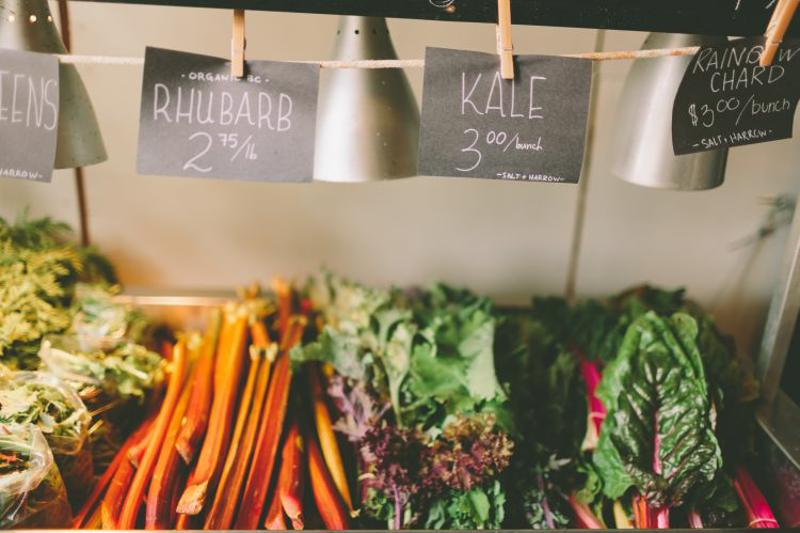Using locally sourced ingredients offers many advantages for chefs and their patrons alike. Food that comes from the area is often fresher and more flavorful than items that are shipped in from far away. Working directly with farms is a great way to boost the local economy, and cutting down on how far your meat and produce has to travel reduces your carbon footprint.
However, making the commitment to prioritize locally grown and raised food does come with challenges. It can be difficult for smaller producers to compete on price with major operations, and there may be interruptions in the supplies you need to make particular dishes. Follow these strategies to get the best results from working with local ingredients:
Visit the farmers market
“The farmers market is a great place to pick up the freshest produce.”
The farmers market in your area is a great place to pick up the freshest produce and support your community. In addition, it’s an opportunity to form connections with the producers who have the ingredients you need. As the National Restaurant Association noted, if a particular farmer does not sell particular fruits, vegetables, meat or dairy you’re after, chances are that he or she can point you in the right direction.
Networking and collaborating with individual producers, growers’ associations and cheese-maker guilds are essential parts of developing a sustainable strategy for local sourcing. By communicating in the off-season about the ingredients you’d like to buy in the future, you can ensure a plentiful supply of fresh, tasty food a few months down the line. Be specific about what you’d be willing to purchase and the quantities you’re interested in.
Keep your menu small
Chefs are sometimes be tempted to show off all the versatile skills they learned in culinary academy by offering an eclectic range of regular entrees and daring specials. However, when you’re relying on ingredients that come from a 150-mile radius of your establishment, it’s especially vital to keep your menu concise. Trying to do too much can leave you constantly scrambling to source various products and making endless last-minute changes to your offerings.
Instead, focus your menu around showcasing just a few key local ingredients. That way, you can concentrate on obtaining a select group of items with confidence that they’re of the highest quality available your region. Keep your lines of communication open with regular customers, so they understand that the dishes you’re cooking each day will change frequently depending on what’s available.
 Consider what’s in season when planning your menu.
Consider what’s in season when planning your menu.Think seasonally
Taking seasonal changes into account and planning ahead for your needs will help you avoid finding yourself stuck without a crucial ingredient. Keep in mind that changes over the course of the year affect not only what fruits and vegetables are being harvested but what meats and seafood are at their most plentiful.
For instance, Colorado culinary arts students should consider what fresh ingredients can be readily found in their area even during the winter months. According to The Spruce, radishes and winter squash can be harvested through December, and potatoes and leeks are available year-round from storage. During the colder months, it might also be a good idea to create dishes around ingredients like duck, honey, watercress or local cheeses.
No matter the time of year, graduates with an online culinary certificate will find ways to craft fantastic dishes. Drawing on local ingredients to develop an array of dishes is a socially conscious and delicious way to fuel your inspiration.


